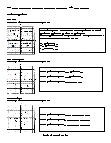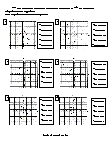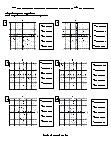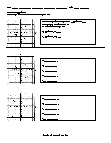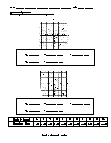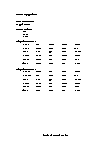Naming Quadrants Worksheets
What Is a Graph Quadrant? A graph is typically divided into four quadrants with its horizontal axis (x-axis)and vertical axis (y-axis) meeting at the origin (0,0). Both the axes reach the positive and negative infinity and forming four combinations of (x,y) in four quadrants. Here we have given a brief description of four quadrants: First Quadrant - The quadrant I or the upper-right quadrant has the points ranging from 0 to the positive infinity for both x and y axes. Hence, any point (x,y) in the first quadrant is positive for the x-axis and the y-axis. so, the product of coordinates will also be positive [(+) x, (+)y] Second Quadrant - The quadrant II or the upper-left quadrant indicates the points left to zero (negative points) on the x-axis and the points above zero (positive points) on the y-axis. Therefore, any point in the second quadrant will be negative for the x-axis and positive on the y-axis. So, the value of the product is also negative [(-)x, (-)y] Third Quadrant - Quadrant III or the lower-left part of the graph identifies points less than zero on the y-axis and x-axis. Any point present in this quadrant will be negative for both x and y values. The product values will be positive [(-)x, (-)y] Fourth Quadrant - Quadrant IV, or the lower-right part of the graph, has the points that are below zero on y-ais and right to the zero on the x-axis. Hence, all points within this quadrant will have a positive x-value and a negative y-value. The value of the product will be negative in this quadrant [(+)x, (-)y]
-
Basic Lesson
Demonstrates the concept of coordinate graph quadrants. Offers step-by-step identification. Name the Quadrant where each point is located. If the point is on an axis line ( axis X, or Y ) Then name the axis line.
View worksheet -
Independent Practice 1
Name the quadrant or axis the point lies. The answers can be found below. Name the quadrant or on which axis the point lies.
View worksheet -
Independent Practice 2
Students name the quadrant or axis location of ordered pairs. Name the quadrant or on which axis the point lies.
View worksheet -
Homework Worksheet
10 problems for students to work on at home. Example problems are provided and explained.
View worksheet
Across the Globe
Coordinates such as latitude and longitude form a coordinate system on the surface of the earth, which is a sphere. Coordinates such as these are also important for astronomers in describing the location of objects in the sky.
